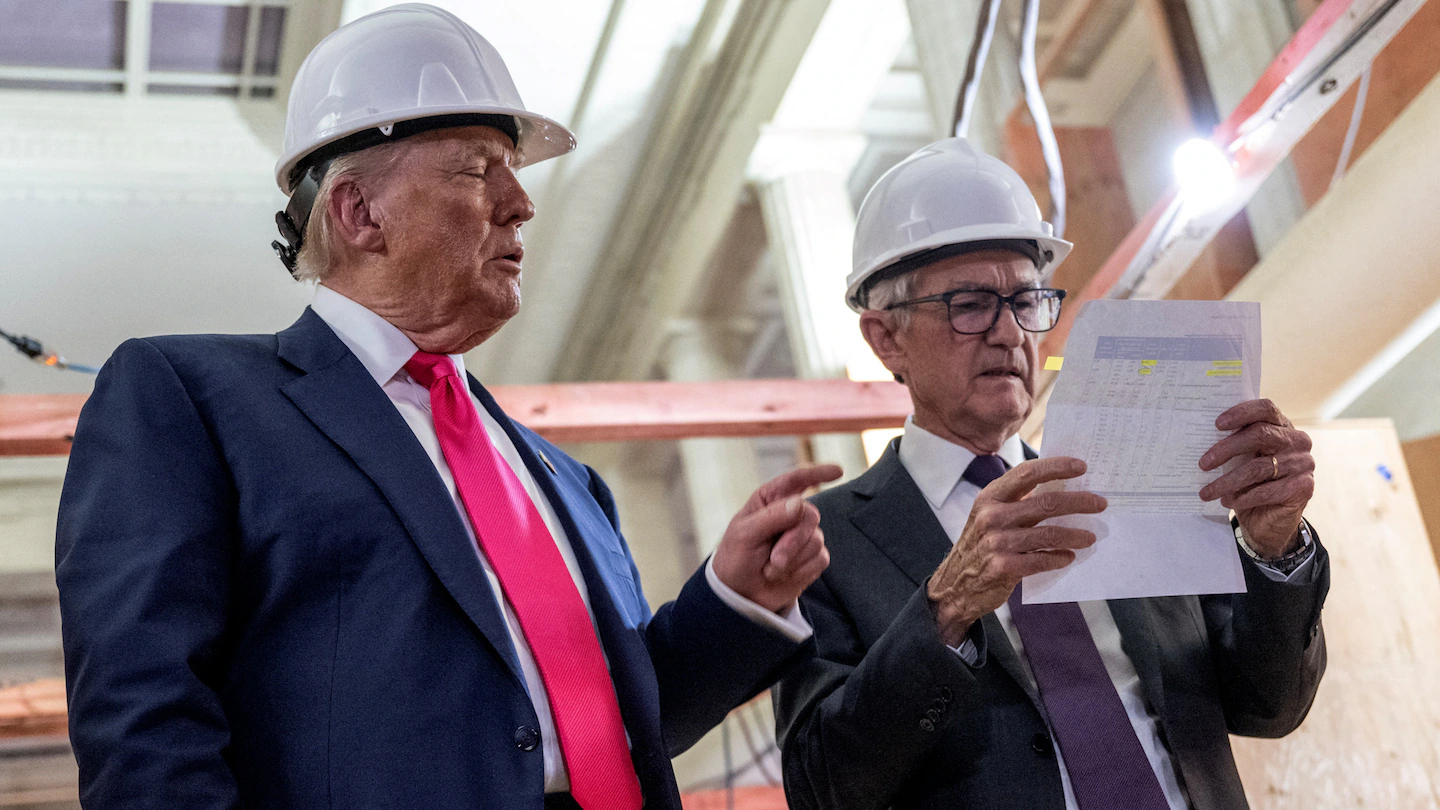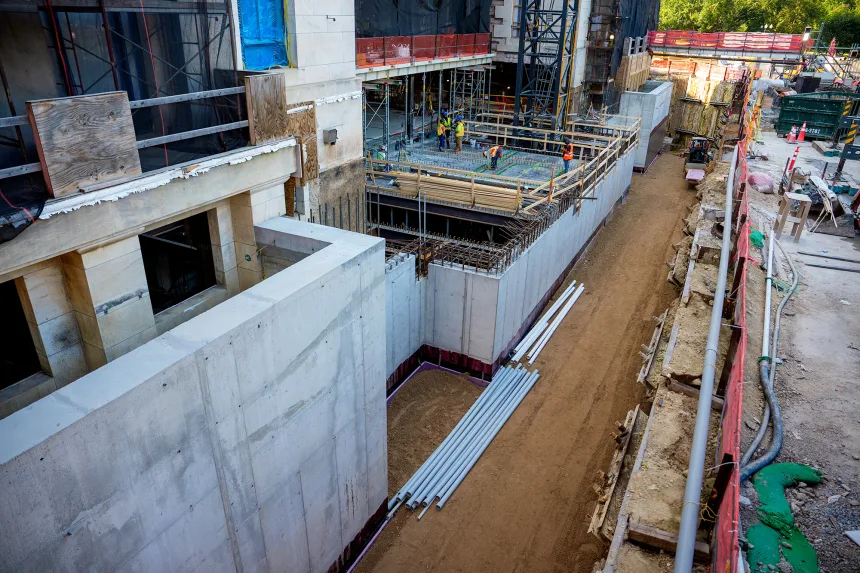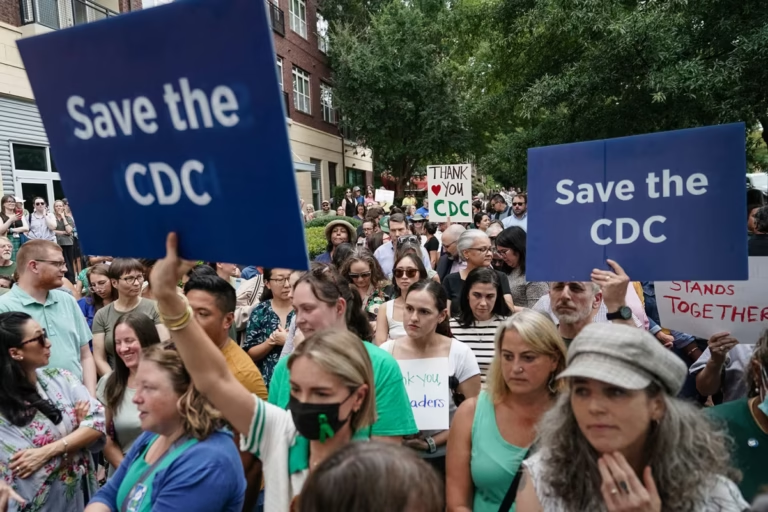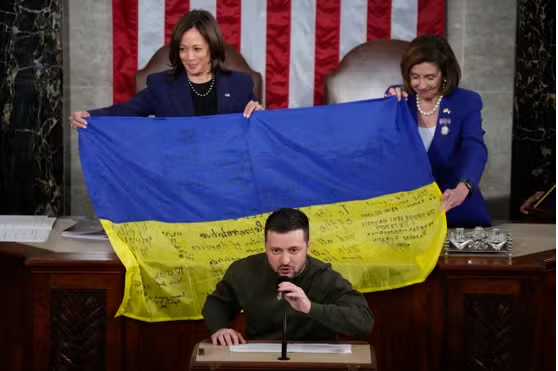
In a rare direct intervention, President Donald Trump went to the Federal Reserve’s headquarters on July 24, 2025—his first such visit in decades—to urge Chair Jerome Powell regarding a $2.5 billion renovation.Trump claimed that costs had increased to $3.1 billion, a statement Powell quickly refuted, leading to an unusual public dispute.
💼 Expense Controversy and Symbolic Confrontation
Initially estimated at $1.9 billion in 2017, the renovation now encompasses significant upgrades to two federal buildings, featuring asbestos removal, blast-resistant windows, underground parking, and tunnel digging—improvements motivated by safety, conservation regulations, and inflation.
Trump criticized the initiative as a symbol of bureaucratic excess and potential financial recklessness. He suggested that poor management could be “grounds for removal” of Powell—a situation Powell legally opposed since Fed chairs can be removed only “for cause.”
🚧 Powell Responds, Advocates for Openness
Powell countered Trump’s $3.1 billion claim, pointing out that some of the total cited by the president came from renovations that had already been finished. Due to growing oversight, he requested the Fed’s inspector general to investigate the project’s management and verify compliance with planning regulations.
Officials provided a rare tour for journalists, showcasing that intended luxury elements—such as rooftop gardens and exclusive dining—had been removed to maintain vital functionality and safety.

📊 Political Influence and Wider Consequences
White House Budget Director Russ Vought and GOP legislators backed the administration’s critique, stating unauthorized design changes and poor planning.
Notably, prominent Republicans raised doubts about whether Powell deceived Congress regarding the project’s extent.
Trump’s broader initiative to advocate for reduced interest rates also influences the dispute.
He has consistently accused Powell of keeping borrowing rates elevated and hindering economic growth. Amid increasing pressure, Powell has reiterated the Fed’s autonomy and displayed minimal readiness to compromise on monetary policy.
🧭 The Next Steps
The inspector-general examination might reveal procedural inconsistencies or affirm Powell’s method of managing projects.
Trump’s term concludes in May 2026; the possible selection of a successor may involve additional internal and political discussions.
Markets and economists are attentively observing if this situation will weaken trust in the Fed’s independence and stability.
✅ Conclusion
President Trump’s visit to the Fed’s renovation location signaled a significant intensification in his campaign against Powell and the monetary policy. By highlighting budget excesses and claiming poor management, Trump seeks leverage—however, Powell’s commitment to autonomy and operational transparency indicates that the Fed isn’t easily influenced by political drama


